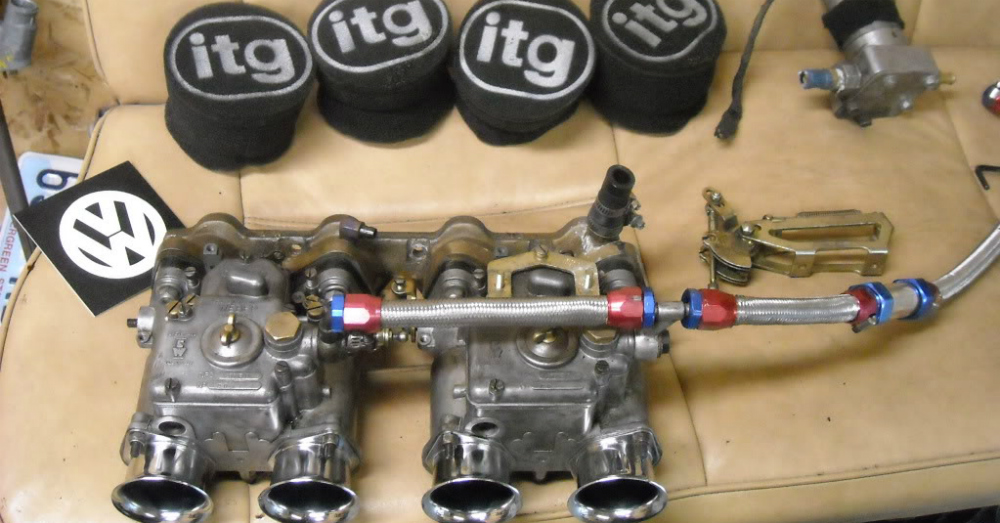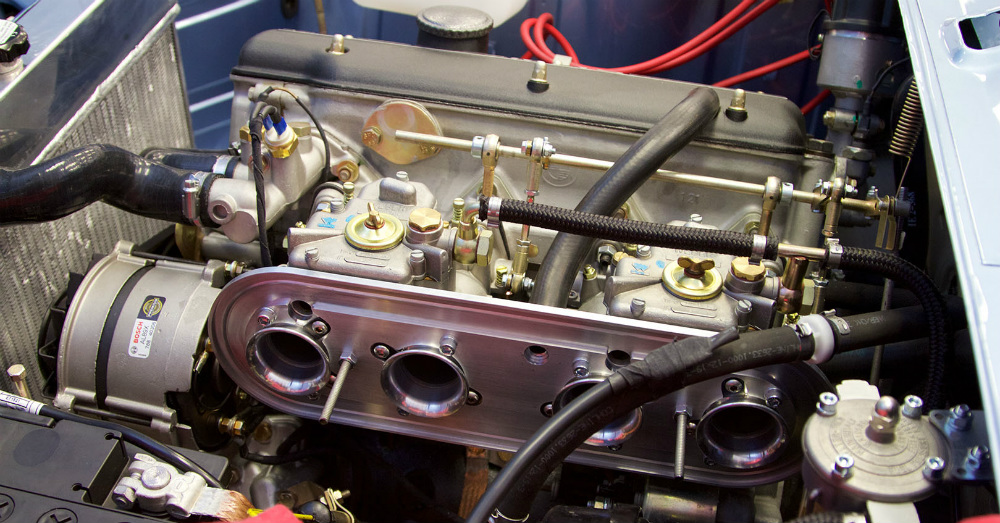The carburetor has been a part of the internal combustion engine since the beginning of automobiles. Carburetors are made to push the gasoline and air into the engine to give the engine the best performance ever and the first practical carburetor was developed by Carl Benz and Gottlieb Daimler in the late 19th century. Several years later Edoardo Weber developed the first Weber carburetor in Italy. This carburetor became one of the signature parts that was desired on any and all high performance cars from the early 1920s until the use of fuel injection became widespread.
This amazing carburetor was associated with every European performance car of the time including the Italian exotics, Aston Martins, Fords, Citroens, Mercedes-Benzes, Volkswagens and even on racing machines such as the Formula 1 cars and Le Mans competitors. IF a car came without this carburetor on it, tuners were quick to change the stock one out to a Weber to gain the amazing power and performance this piece of hardware would provide. What was even more amazing was the fact this carburetor could easily be used on any engine of the era. Carburetors have to be tuned to the engine and many have a very limited range of tuning, but not the Weber.
The model of the Weber Carburetor that was the most famous was the twin-throttle DCO sidedraft. This actually was a part that was warrantied on so many models it’s hard to count, so why was this carburetor so sought after and widely used? What this carburetor could do was produce truckloads of power and torque, which is the premise speed is built on. The fuel and air could be dumped into the engine in huge quantities with this carburetor, making it easy to create the desired power output.
What made this model so famous and widely used was a couple factors, a low number of moving parts and the ease of tuning. This carburetor model would allow you to swap the jets as needed, and tuning your engine could be done on the side of the road with just a screwdriver. This allowed an engine to give you the output desired, or dial back and have a more fuel efficient ride. If you wanted low end torque, you could tune that power or you could easily ramp up the horsepower. The variation was so widespread with this carburetor it was the perfect part to get exactly what you wanted from your engine.
The problem with the Weber was what made it great. Because it was so versatile, most people got the tuning wrong and ended up not receiving the performance they wanted from their engines. Now with advanced computerization a person who is building their own hot rod or completing a restoration of an older vehicle can easily get it right and gain the best power and performance possible from this amazing piece of hardware. It’s really something to think a part that was designed in the 1920s can still be the right part to deliver the power and performance you want on your vintage style hotrod or classic restoration project, but the Weber carburetor certainly was the part that does just that for you.
This post may contain affiliate links. Meaning a commission is given should you decide to make a purchase through these links, at no cost to you. All products shown are researched and tested to give an accurate review for you.


